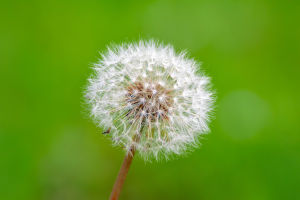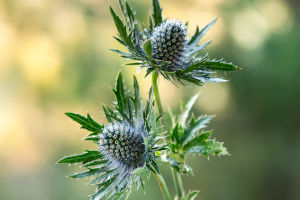Have you ever noticed mushrooms suddenly popping up in the yard after a rainy day and thought, "Where did these come from?"
Mushrooms might look simple, but their growth actually depends on a delicate balance of natural conditions.
In this article, we'll explore what kind of environment mushrooms truly need to grow well—both on land and in water. Let's discover the hidden life of fungi together!
Two Main Types: Land Mushrooms vs. Water Mushrooms
We can classify mushrooms based on where they grow. Most mushrooms we see are land mushrooms, but there are also a few special kinds that grow in water. Land mushrooms often grow in forests, meadows, or even our backyards. Water mushrooms, on the other hand, grow on aquatic plants or float freely in clean ponds. Each type needs different things to survive and thrive.
What Land Mushrooms Need to Grow
Land mushrooms are commonly found near trees, grasses, and plants because they depend on plant roots to get nutrients. Here are the main things they need:
- Temperature: They love mild temperatures, around 68°F (20°C). If it gets too hot or too cold, they won't grow as well.
- Moisture: Mushrooms need a lot of humidity. During early growth, the soil should be 60%-80% moist. Later, when mushrooms are forming, the air needs to stay 80%-90% humid.
- Light: Land mushrooms don't like strong sunlight. They prefer dark or shady spots. Too much light can actually stop them from growing.
- Soil: The soil should be rich in organic matter and slightly acidic, with a pH between 4.5 and 6.5. It should also drain well and allow air to flow through easily.
How Water Mushrooms Thrive
Although less common, water mushrooms are fascinating too. They can grow on plants like lotus or in fresh water. Here's what they need:
- Temperature: Like their land cousins, they prefer around 68°F (20°C).
- Water Quality: Clean, unpolluted water is crucial. Changing the water regularly helps keep them healthy.
- Sunlight: They need more light than land mushrooms, but not too much. A balance of sun and shade works best.
- pH Level: The water should be neutral or slightly alkaline—between 6.5 and 7.5. Water that's too acidic or alkaline can harm their growth.
Why This Matters for Mushroom Lovers
Knowing the right conditions helps us grow mushrooms at home or on farms more successfully. It also helps when we're out exploring nature—if we know what mushrooms need, we can find them more easily and avoid over-harvesting. Wild mushrooms play a big role in their ecosystems, so we should collect them with care and respect.
Growing Mushrooms the Right Way
If you're thinking about growing mushrooms, start by choosing the right type for your environment. Then make sure you manage the temperature, humidity, and light properly. Some people grow mushrooms in dark rooms with controlled moisture—others set up outdoor beds with shade. Either way, paying attention to the details can make a big difference in the harvest.
Let's Keep Exploring Nature Together!
Now that we've uncovered the main ingredients for mushroom growth, we can better appreciate how amazing these fungi are. From the forest floor to the edge of a pond, mushrooms remind us how delicate and connected nature really is. Lykkers, have you ever tried spotting or growing mushrooms yourself? Share your story with us—we're always excited to hear from fellow nature explorers. Let's keep learning and growing together!
Ideal Fruiting and Surface Conditions
Video by PhillyGoldenTeacher


